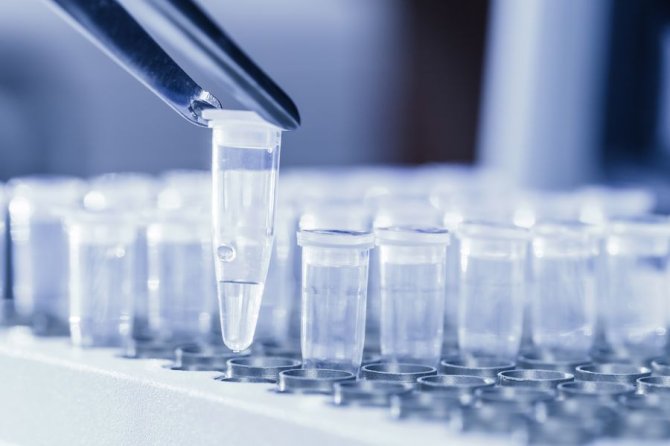
Recovery of hexagonal selenium
High-rate biological selenate reduction in a sequencing batch reactor
Publication date: March 2021
How to use?
Recovery of selenium (Se) from wastewater provides a solution for both securing Se supply and preventing Se pollution. This dataset contains data collected during the operation of a sequencing batch reactor for biological selenate reduction to elemental selenium at Wageningen University & Research, used in the publication: High-rate biological selenate reduction in a sequencing batch reactor for recovery of hexagonal selenium, Water Research, 2021.
Read more
A sequencing batch reactor, fed with an influent containing 120 mgSe L−1 selenate and ethanol as electron donor and carbon source, was operated for 495 days. The high rates (419 ± 17 mgSe L−1 day−1) were recorded between day 446 and day 495 for a hydraulic retention time of 6 h. The maximum conversion efficiency of selenate amounted to 96% with a volumetric conversion rate of 444 mgSe L−1 day−1, which is 6 times higher than the rates reported in the literature thus far. At the end of the experiment, a highly enriched selenate reducing biomass had developed, with a specific activity of 856 ± 26 mgSe−1day−1gbiomass−1, which was nearly 1000-fold higher than that of the inoculum.
The produced elemental selenium partially accumulated in the reactor as pure (≥80% Se of the total mixture of biomass sludge flocs and flaky aggregates, and ~100% of the specific flaky aggregates) selenium black hexagonal needles, with cluster sizes between 20-200 µm.
The new process may serve as the basis for a high-rate technology to remove and recover pure selenium from wastewater or process streams with high selectivity.
